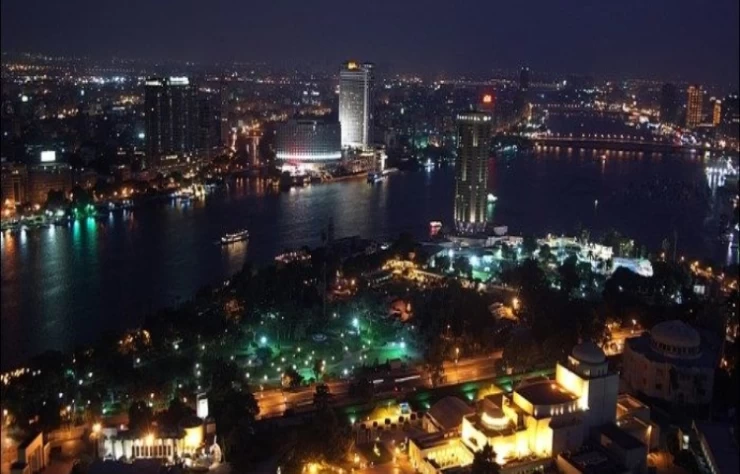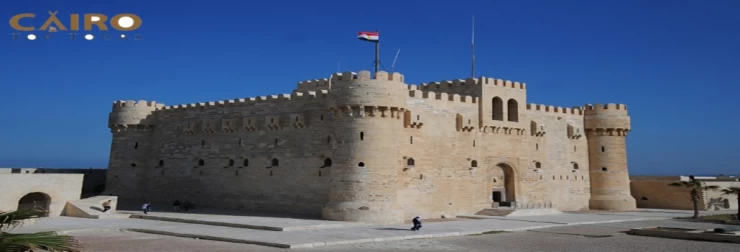
Corniche of Alexandria
Alexandria Corniche or Army Road or 26 July Road is a double road and pedestrian walkway in the city of Alexandria in Egypt on the Mediterranean coast, it is considered a major tourist attraction in the city of Alexandria, with a length of about 17 km, the road stretches from the Bahri area in the customs district to the West, and to the Mandara area in the Fouad I in 1925 and officially opened in 1935.
The construction of the Alexandria Corniche dates back to 1925 and took about ten years to build it in six stages, where the first stage was established in the area between the chain and El-shatabi with a distance of 786 meters, the second stage was from El-shatabi to camp shezar, the third was from Camp shezar to sporting, the fourth stage was from Sporting to Cleopatra, and the fifth stage was from Cleopatra to Stanley passing through the Mostafa Pasha area where there are camps of the British occupation army of Egypt at that time. Wally obstructed the work of the Corniche at that stage, but the construction work was completed.
The last stage was from Stanley to the western walls of the park Palace in the current Mandara area. the Corniche works were completed in 1934 and officially opened in 1935. in 2001, the Corniche Road witnessed the largest and widest modification that has occurred in its history since its establishment, where nine beaches were completely backfilled until the road was widened and reached from 8 meters to 20 meters and more, where the road began to enter the sea sand and this time witnessed the construction of the Stanley Bridge, and the road was widened in the distance between Victoria to the beach.
Alexandria governorate announced the completion of the second phase of the Corniche expansion project by mid-2025, which aims to increase the road area by up to 40%, enhancing traffic efficiency.
According to the official report issued by Alexandria governorate, the details of the Corniche expansion project in 2025 witnessed several notable features, most notably the expansion of the road, as the number of traffic lanes will be increased from 3 to 5 lanes in one direction, bringing the total number of lanes to 10 lanes instead of 6 lanes currently.
The beaches of Miami and Sidi Bishr will be rehabilitated and expanded to restore their natural sandy area, which has been eroded by the sea during the past years to enter the service of vacationers in the summer of 2025.
The works of the second phase of the Alexandria Corniche expansion are scheduled to be completed by June 2025, according to the announced schedule.
This timing means that residents and visitors will be able to enjoy the new road and improved beaches by the beginning of the next summer season, reflecting the governorate's commitment to deliver the project on time.
Alexandria governorate confirmed in its official report on the importance of the Alexandria Corniche expansion project that it is a big step towards developing the city's infrastructure and enhancing its status as one of the most important tourist destinations in Egypt.with the increase in the area of roads and the restoration of beaches, the Corniche is expected to witness a large turnout of visitors and residents, which will benefit the local economy and improve the quality of life in Alexandria.


















